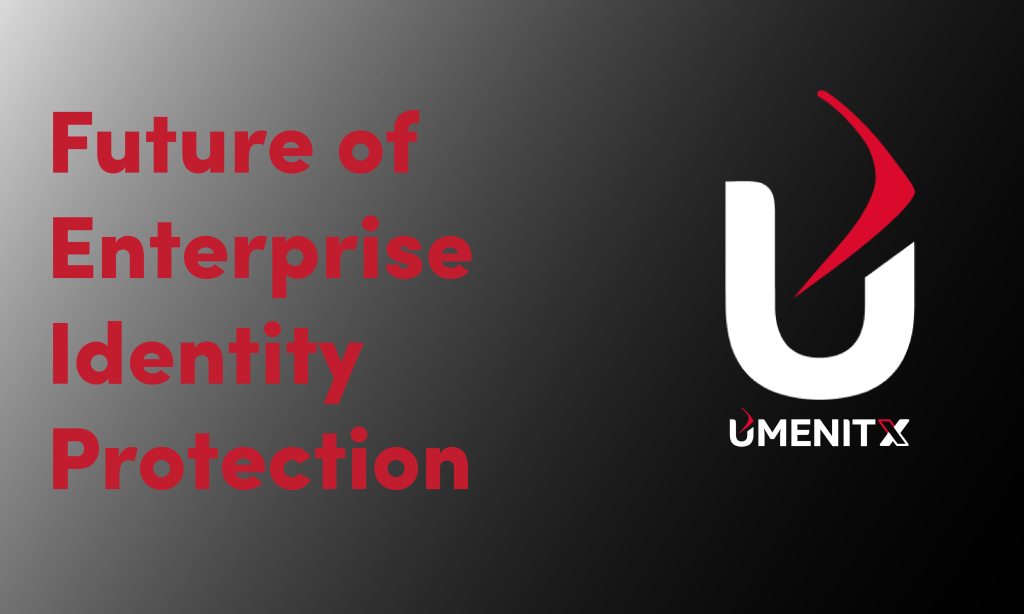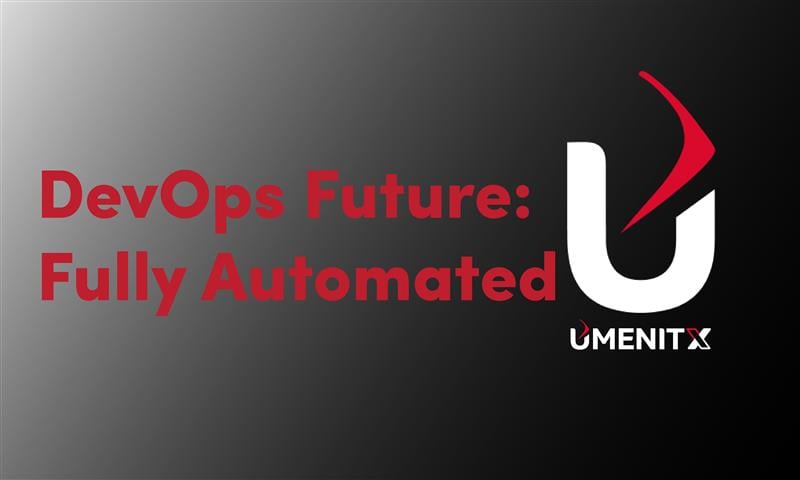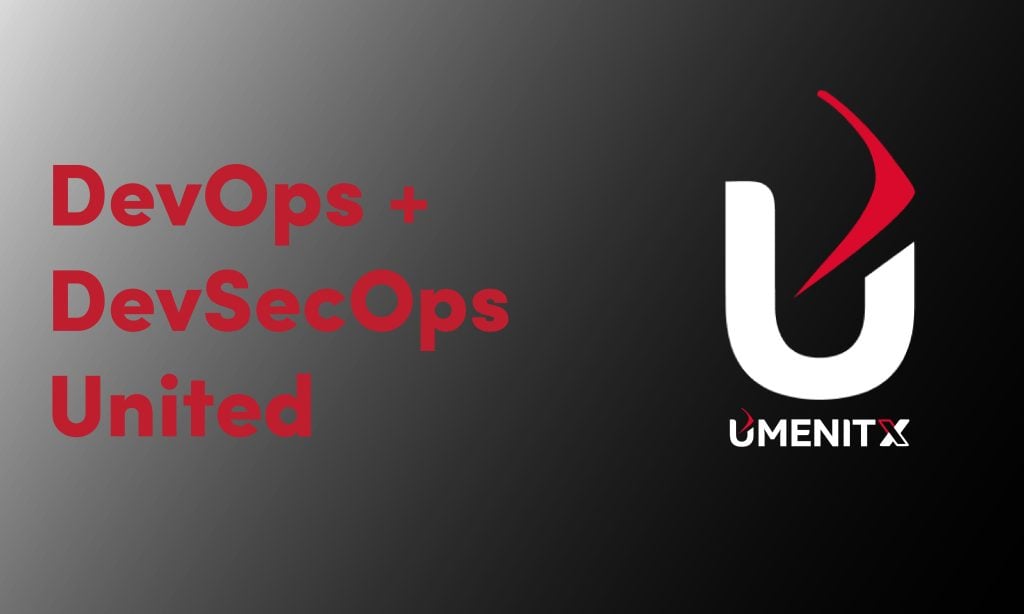Introduction
Security is no longer a final step in software development — it’s an integrated, continuous process. DevSecOps is the practice of embedding security across every stage of the software delivery lifecycle. It’s a mindset shift that combines development, security, and operations into one unified workflow.
Why DevSecOps Matters Today
As teams move faster, attackers do too. Traditional security models, where reviews and testing come late, can’t keep up. DevSecOps addresses this challenge by:
- Shifting security left into the earliest phases of development
- Automating security scans for code, dependencies, and containers
- Creating a shared responsibility model between developers and security teams
Core Principles of DevSecOps
1. Security as Code
Security checks are written as automated scripts, policies, and rules. They run within CI/CD pipelines and block unsafe releases.
2. Early Threat Modeling
Developers think about attack vectors before writing code. This helps prevent issues before they happen.
3. Continuous Compliance
With tools like Open Policy Agent or Snyk, teams can enforce compliance standards automatically — no need for last-minute audits.
4. Dev-Sec Collaboration
Security teams are no longer gatekeepers. They work side-by-side with developers to enable secure innovation.
Tools That Power DevSecOps
- Static Code Analysis: SonarQube, Checkmarx
- Dependency Scanning: Snyk, WhiteSource
- Container Security: Aqua, Prisma Cloud
- Policy as Code: OPA, Kyverno
- Secrets Management: HashiCorp Vault, Doppler
Conclusion
DevSecOps isn’t just about preventing breaches. It’s about building trust — in your code, your systems, and your team’s ability to move fast without fear.




